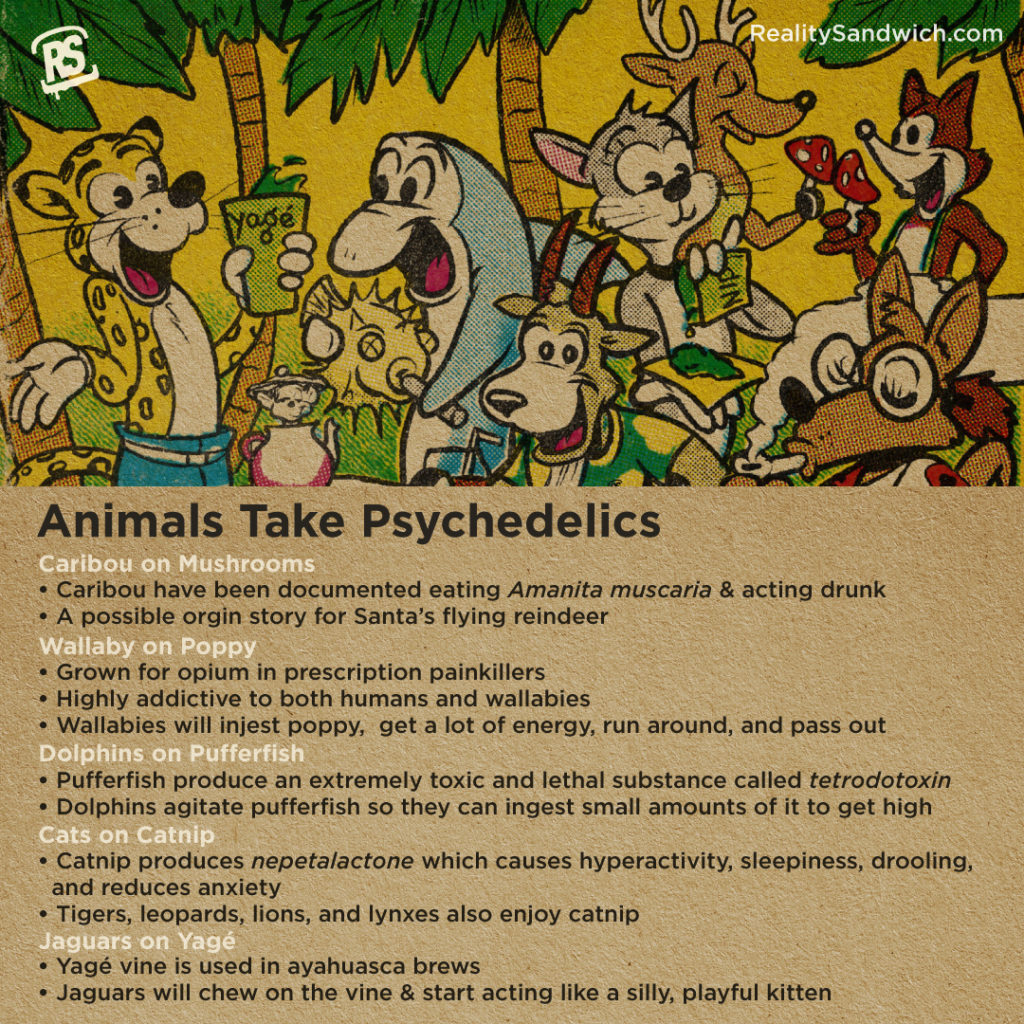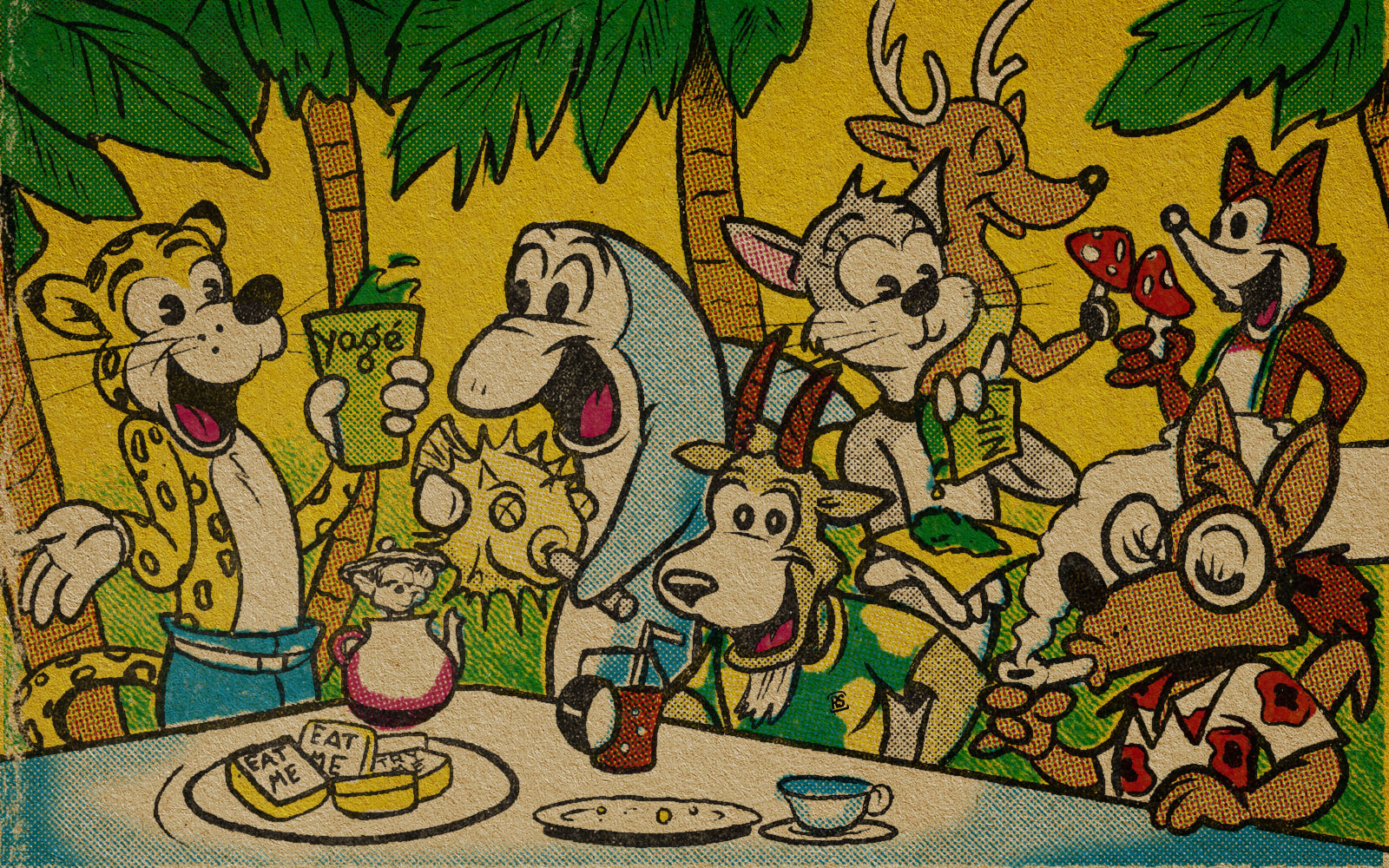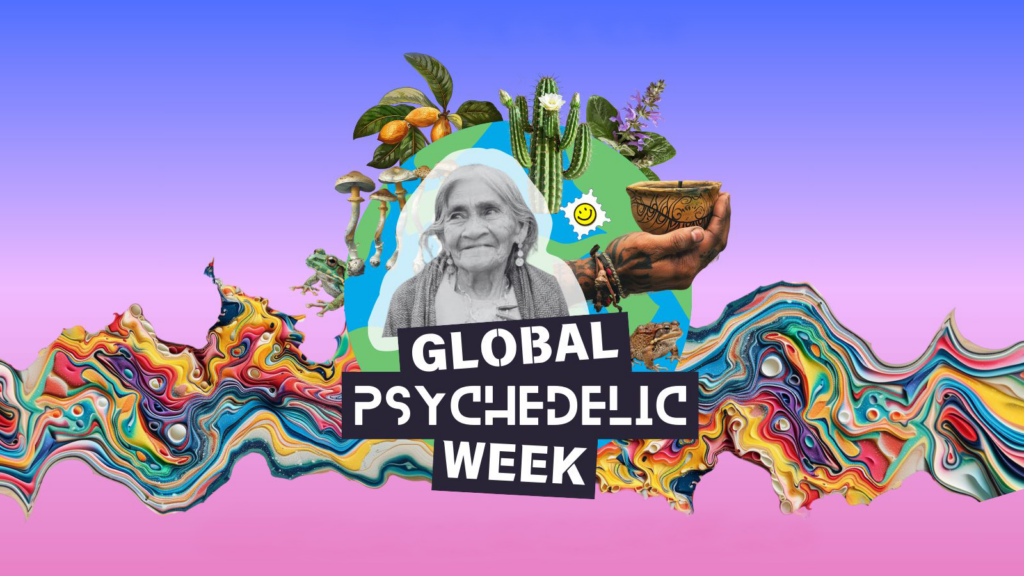The question of animal consciousness has always been a debated topic — definitely since Charles Darwin, and likely since humans and non-human animals began cohabitating planet Earth.
It’s hard for humans to understand non-human animal consciousness because we can’t verbally communicate with them. And many humans don’t want to believe in animal consciousness because humans do harmful things to animals that would weigh heavy on them if they knew it was causing them to suffer.
But scientists are declaring that non-human animals are conscious creatures.
“Non-human animals have the neuroanatomical, neurochemical, and neurophysiological substrates of conscious states along with the capacity to exhibit intentional behaviors. Consequently, the weight of evidence indicates that humans are not unique in possessing the neurological substrates that generate consciousness. Non-human animals, including all mammals and birds, and many other creatures, including octopuses, also possess these neurological substrates.”
–Cambridge Declaration of Consciousness
Does the fact that non-human animals are conscious beings mean they seek to expand their consciousness? Do animals take psychedelics?
The Definition of Animal Consciousness
The first thing to consider when thinking about whether or not animals are conscious is defining consciousness.
Carl Safina, author of Beyond Words: How Animals Think and Feel, discusses what consciousness actually means. The word “consciousness” tends to be used with different meanings. People have talked about consciousness in terms of “planning ahead” — humans plan years in advance. But planning just shows your ability to plan. Animals don’t need to plan to be conscious.
Instead, Safina refers to animal consciousness as having a mental experience. Do they sense things and react without knowing what they’re experiencing? Or do they react in response because they’re having a mental experience and they know what’s happening?
“It seems illogical for us to think that animals might not be having a conscious mental experience of play, sleep, fear or love.”
Carl Safina, author of Beyond Words: How Animals Think and Feel
If we watch them in their natural habitat, we watch them happily play, run in fear, rest when they’re tired, and love when they’re ready to mate.
People who actually take the time to watch animals like elephants, cats, and birds, can clearly see that they’re conscious beings. It’s time to bridge the knowledge translation gap — the act of ignoring science about animals being conscious. In their book, The Animals’ Agenda: Freedom, Compassion, and Coexistence in the Human Age, Mark Bekoff and Jessica Pierce discuss that animals are sentient beings — they perceive and feel things.
Are Animals Self-Aware?
Carl Safina explains that animals are more aware than humans. When animals are outside, their experience is sharp and clear — they know everything that’s going on around them. Since humans have been civilized for thousands of years, our senses have dulled over time.
But what about their awareness of themselves? Charles Darwin discusses that the difference in self-awareness between animals and humans is a difference in degree, not kind. In other words, animals are self-aware, but not as self-aware as humans are. For example, when an animal experiences something affecting his body (an object, animal, experiential treatment), he knows something is happening to his body.
Marc Bekoff, emeritus professor at the University of Colorado, Boulder, says a sense of “body-ness is necessary and sufficient for most animals to engage in social activities that are needed in the social milieus in which they live.” Animals have a sense of “body-ness” or “mine-ness.” Animals know things like, “this is my tail, this is my pack, and this is my mate.”
But humans have an extension of this. Humans have a sense of “I-ness” — “My name is…” It’s the “I-ness” — humans’ deeper understanding of their self-identity — that differentiates the degree of self-awareness in humans and animals.
Animals and Psychedelics: Is Altering Consciousness an Instinct?
“The deliberate seeking of inebriation among classes of animals is perfectly natural, normal behavior.”
-Giorgio Samorini Animals and Psychedelics: The Natural World and the Instinct to Alter Consciousness
Samorini also discusses how drug-induced inebriation deconditions and allows new behavioral patterns to be established in a species. You see this with humans and psychedelics. You can’t unsee what you’ve seen while experiencing psychedelics. When your experience is over, your thoughts and behaviors almost always change. And knowing how to integrate your experience can lead to even greater positive changes in thoughts and behavior. So if humans are taking psychedelics to decondition themselves and find new behavior patterns, it makes sense that non-human animals are doing the same.
Do Animals Alter Consciousness?
Animals inebriating themselves are seen scattered all throughout the animal world. It’s also assumed that animals have spiritual experiences. Scientists and researchers have observed animals in trance-like states like humans when they are in religious rituals. Spiritual experiences arise from areas in the human brain that animals also have.
Ronald K. Siegel discusses in his book Intoxication that animals’ quest to alter consciousness seems both purposeless and passionate. Humans have always sought out ways to alter consciousness. The Chinese cultivated opium in 700 AD. Cultures in the Andes mountains smoked hallucinogens in pipes in 2000 BC. Shakespeare would smoke hallucinogens and cannabis in his clay pipe. And non-human animals seek out mind-altering substances too.
Altering the mind helps species think outside the box to come up with new solutions to old problems. Intoxication is liberating because it provides freedom from established ideas. Both Seigal and Samorini believe animals are consciously using psychedelics as a tool for creative approaches. Creative approaches help a species survive.
Animals That Take Psychedelics
As mentioned above, animals all over the animal kingdom seek out psychedelics. Below are a few animals who like to get high on nature’s psychedelics.
Caribou and Mushrooms
Up in Siberia, biologists have documented Caribou eating Amanita muscaria — a type of psychedelic mushroom. The Caribous run around acting drunk. It’s believed that Caribou taking mushrooms is where the story of reindeer flying Santa’s sleigh came from.
Wallaby and Poppy
In Tasmania, poppy farmers have observed Wallaby coming onto their farm to eat the poppy flower — grown for opium in prescription painkillers. Wallabies get a lot of energy, run around, and then pass out. Opium is highly addictive, and farmers have observed the Wallaby returning for more.
Dolphins and the Pufferfish
Pufferfish produce tetrodotoxin, one of the most toxic and lethal substances known on Earth. During one of her observations, marine biologist Lisa Steiner saw dolphins “playing” with a pufferfish and pushing it around. She reported they were chewing minuscule amounts of the pufferfish to get high.
Cats and Catnip
Most people have seen a cat enjoy a bit of catnip. Catnip produces nepetalactone which causes hyperactivity, sleepiness, and drooling; accordingly, it alleviates anxiety. But house cats aren’t the only cats who like catnip. Tigers, leopards, lions, and lynxes also enjoy rubbing up on the plant.
Jaguars on Yagé
The yagé vine grows in the Amazon Rainforest and is used in ayahuasca brews. Jaguars, one of the fiercest cats in the animal kingdom, will enjoy some yagé from time to time and immediately start acting like a silly, playful kitten.
What Does This Say About the Instinct to Alter Animal Consciousness?
Animals and non-human animals alike seek out ways to alter consciousness. Members of all different types of animal species enjoy altering their consciousness. Altering consciousness helps animals think outside the box and come up with new ways to problem-solve.
With such similarities in animal consciousness between both animals and non-human animals, does this make you question the way humans treat animals? Do you think if more humans recognized our similarities in consciousness that humans would show more reverence for animals? Share your thoughts with the Reality Sandwich community below.
















